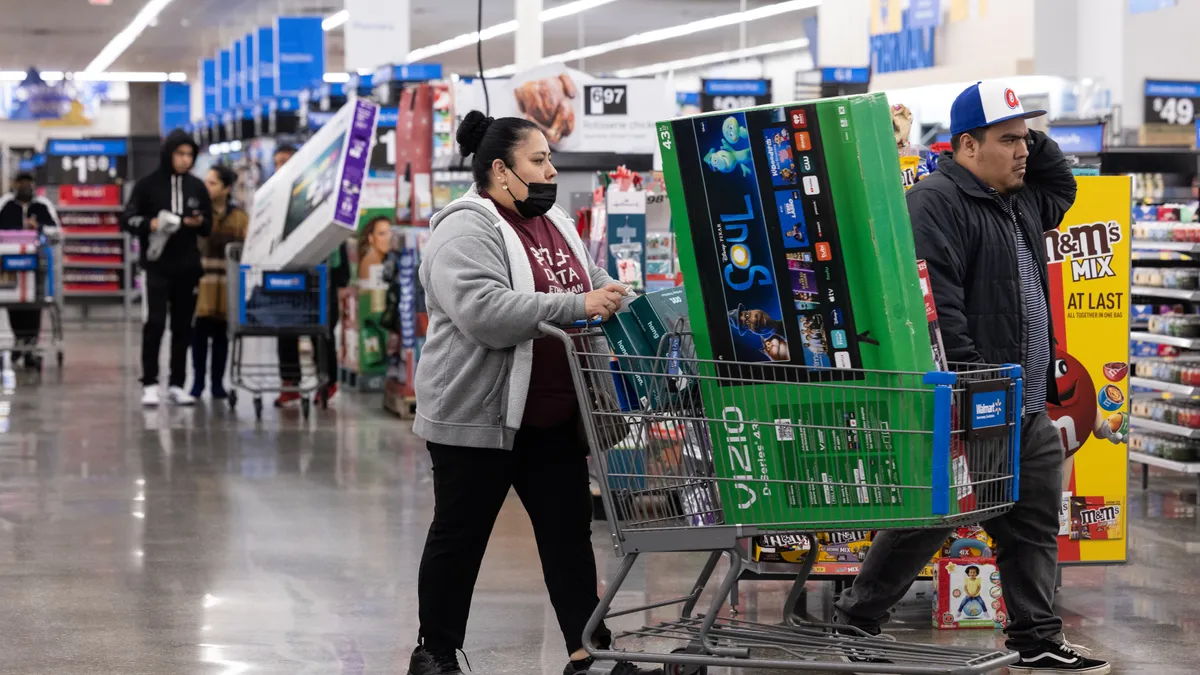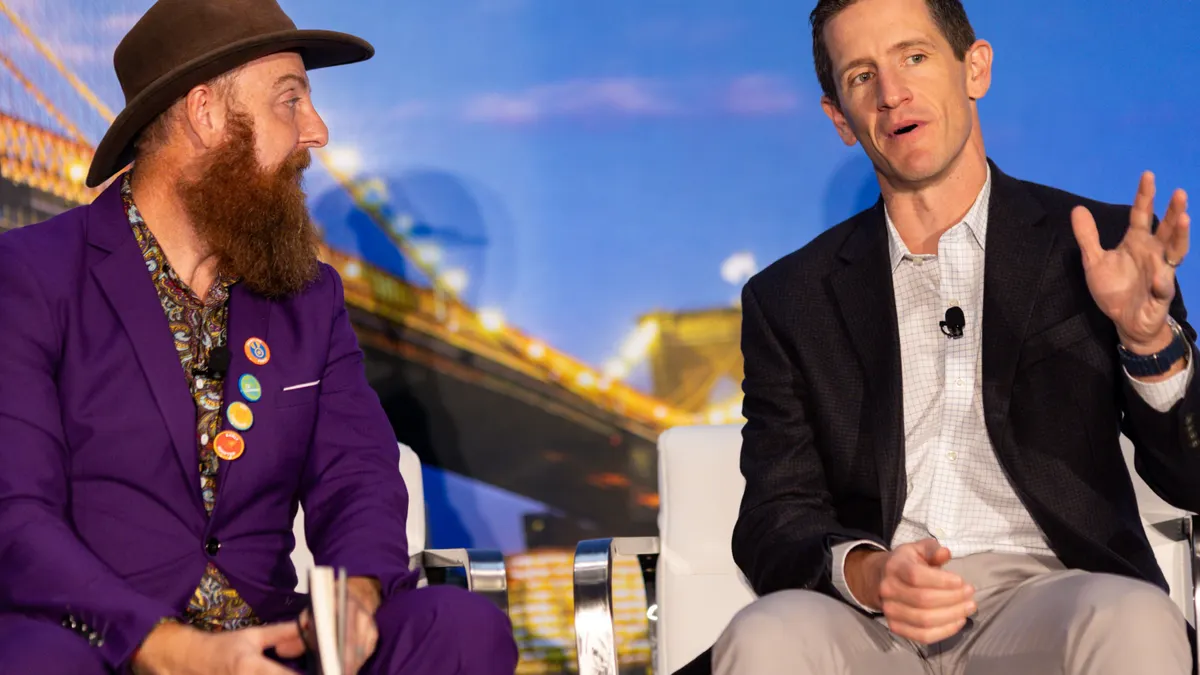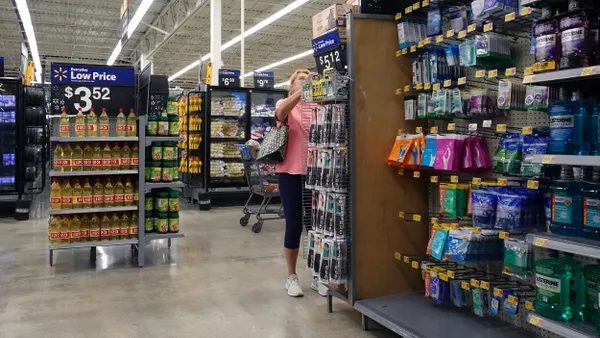Black Friday is fast approaching, and most consumers are saving by delaying purchases until festive sales events, according to the latest EY Future Consumer Index. Retailers only have one chance to get the experience right, and they have to make it count.
The shopping holiday’s emphasis on deals and doorbusters flips the modern retail paradigm on its head: Black Friday customers demand convenience, not the experiential journey retailers often emphasize.
“They saw the deal they want. They want to get in, they want to find it and they want to get out,” Ray Marciano, retail lead at Accenture Song.
This doesn’t mean the customer experience is any less important on Black Friday. Maintaining the expected levels of speed and convenience is a challenge that requires a fresh approach to how stores treat shoppers.
The digital Black Friday experience needs to be smooth — crashes or inconveniences can lead to costly abandonments. Otherwise, the customer experience is largely similar to a typical day.
But the in-store experience requires a completely fresh approach. Easing Black Friday friction hinges on guiding shoppers through crowded aisles to avoid traffic jams.
"Retailers should focus on things like wayfinding signs to help consumers find what they need as quickly as possible,” said Kassi Socha, director analyst at Gartner. “They should also focus on staffing levels to make sure that long lines aren't due to many registers being closed or self checkout being full.”
Associates’ focus on guiding shoppers and keeping shelves full can come at the expense of other tasks, like offering curated support, which are valuable on normal days.
However, Socha noted store associates still need to be on hand to offer extra assistance when needed. For instance, the customer service counter still needs to be staffed to prevent problems like mismarked prices from clogging checkout aisles.
Workers need leadership and support
Shoppers’ narrow focus on Black Friday defines how individual associates are expected to handle customers. Workers wear many hats on normal days, but the busiest day of the year isn’t the time for multitasking.
Instead, leaders should use their knowledge of their staff to assign specialized tasks where each person can excel, according to Kristina Rogers, global consumer leader at EY. Since the Black Friday experience is about speed and efficiency, staffing should enable this.
“I think it's a matter of really giving people one or two tasks, rather than making the associate responsible for everything that a shopper might be asking about on a typical day,” Rogers said.
This frees up associates for tasks that keep the lines moving. For instance, dedicated staff can help customers with heavy purchases load up their cars.
The sheer volume of business on Black Friday means associates need plenty of support even with simplified roles. Associates need to have easy access to any challenges that arise, whether by drawing on their own knowledge or having a direct line to someone who can help.
"I think the best retail experiences are powered by teams who feel empowered,” Socha said. “Store managers and retail leaders can ensure store associates feel like they’ve been properly trained and, when they don’t know the answer to a question, how to get it.”
Socha suggested that stores can make the most experienced team members zone captains of their area to facilitate communication and smooth over issues that arise.
Accenture’s Marciano noted that retailers should work to prevent burnout, too. The old paradigm of 12-hour shifts results in a worse experience for workers and customers alike. Shorter shifts with small, but more numerous, breaks can make the day feel more manageable.
Incentives for hard work are also welcome, he added. Food and entertainment in the break room, as well as gamification like a drawing for prizes later in the day, can encourage employees to give it their all.
Loyalty opportunities are fueled by exclusivity
Black Friday isn’t the best time for onboarding new loyalty members — signups can significantly slow down checkout speeds, according to Marciano — but it’s a perfect opportunity to use these programs to drive sales and reward existing customers.
“You're trying to create offers for your most loyal, most valuable customers,” Marciano said. “Especially at this time of the year, you're trying to create those offers and make people feel like they're exclusive.”
Deals can deliver on either timing, by giving loyalty members access to special deals before the rush hits, or price, by offering deeper discounts for card holders.
Retailers with dedicated loyalty apps can use them as wayfinding tools, according to Gartner’s Socha. Apps can have an in-store mode that gives users the location of the item they’re looking for, which can help deliver on speedy Black Friday expectations.
While a busy store isn’t the ideal place for new member signups, Marciano noted that Black Friday deals can encourage future signups — just include a QR code or easy sign up instructions on the receipt


















